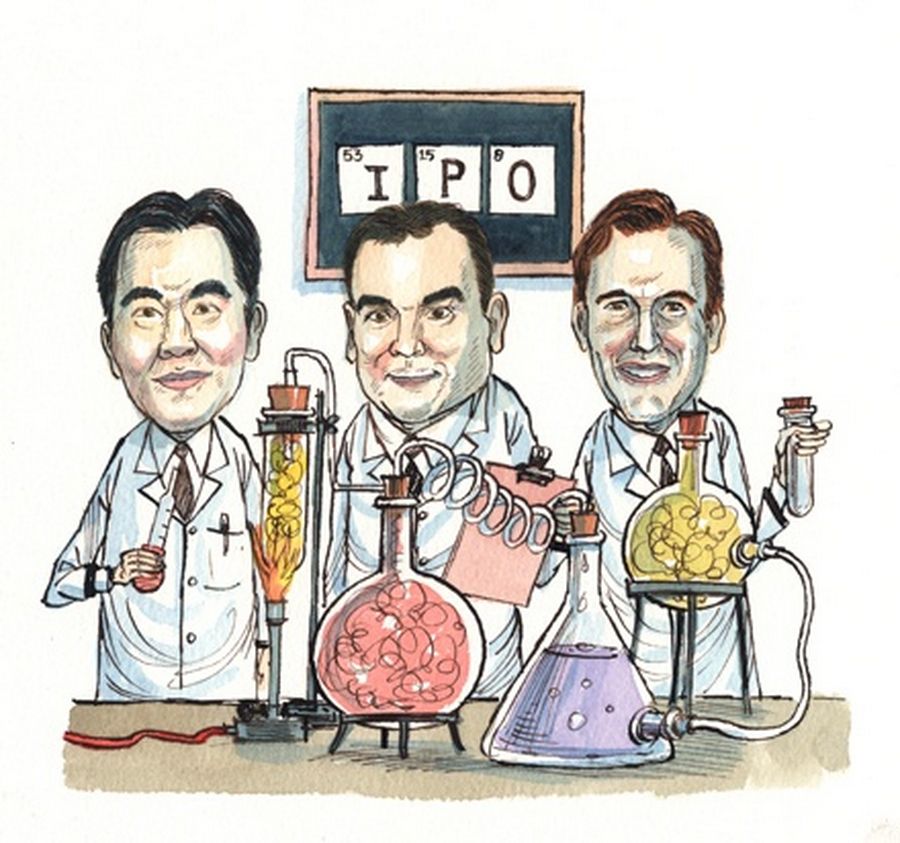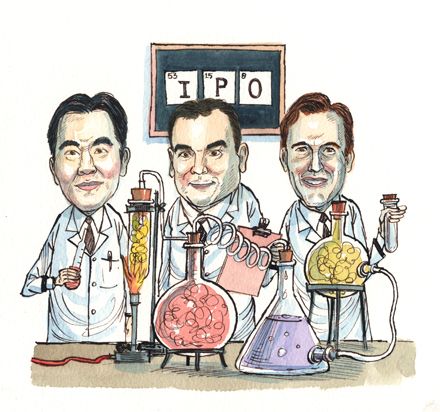In a choppy year, one bank pioneered new ways of raising equity in markets off the beaten track while still pushing ahead in its traditional strongholds. For its continued dominance, UBS is IFR Asia’s Equity House of the Year.

Equity House
UBS showed itself to be not just the busiest equity house in Asia this year, but also the most innovative. It led in South-East Asia, introducing pioneering structures and landmark deals in multiple countries. It dominated in a resurgent Australian equity market, and continued to print big deals in Greater China and beyond, putting it in good stead when market sentiment shifted to North Asia around the middle of the year.
“If we had a mission statement it would be to raise capital for clients and get paid a fee,” said Sam Kendall, global head of equity capital markets. “Of course, the business model continues to evolve, but, in essence, we see ourselves as a facilitator of liquidity for our clients.”
UBS is no stranger to being in the top of the league tables in Asian ECM, but its entrepreneurial formula was especially apparent in a year when market opportunities were often fleeting. It shifted resources and chalked up successful deals in Indonesia and the Philippines before the summer selloff, and helped Chinese clients take advantage once investors’ attention shifted further north.
Innovation came in many forms throughout the year, notably in its joint bookrunner role on the US$2.1bn IPO of BTS Growth Infrastructure Fund, Thailand’s first infrastructure trust. Coming in a year when business trust listings had struggled in Asia, the deal’s 7x coverage ratio was remarkable. It was also notable for introducing the first full-fledged cornerstone process to Thailand, and was the Kingdom’s largest private sector IPO on record.
The bank’s most lucrative equity-related deal of the year also originated in Thailand, with a complex financing package that funded the acquisition of a stake in Ping An Insurance by Dhanin Chearavanont’s CP Group. The fee from the combination of margin loans and equity derivatives was so significant that it earned a special mention in the UBS quarterly report.
When CVC and Lippo Group monetised an investment in Matahari Department Stores in March, UBS was one of three bookrunners. The US$1.5bn re-IPO was a blowout success that revalued the entire Indonesian retail sector, raising the valuations of other listed retailers. Again, cornerstone commitments got the offering off to a strong start, with books covered on the first day.
UBS remained streets ahead of the competition in the Philippines, where capital raising burst into life this year as conglomerates injected new assets and boosted their free floats with re-IPOs. Among several sizable deals was the US$920m re-IPO of Lucio Tan’s LT Group, the largest Philippine equity deal and the first to use cornerstone investors.
UBS also explored new territory as joint bookrunner in a Singapore placement for Myanmar-focused Yoma Strategic Holdings, timing the deal to coincide with US President Barack Obama’s visit to Yangon.
In Australia, the bank reopened the IPO market after an extended lull, as joint lead manager on the A$339m (US$320m) float of Virtus Health. The deal went so well that it was increased in size and its private equity sponsor was able to divest completely, removing any overhang. It also continued to print overnight deals for companies in a variety of sectors, from property to resources.
UBS also featured on six of the 10 biggest Chinese IPOs, including the largest four, in IFR’s review period. That list of jumbo Hong Kong IPOs included the US$3.6bn listing of PICC Group, the US$1.8bn listing of Sinopec Engineering, the US$1.1bn listing of China Galaxy Securities and the US$1.3bn listing of China Huishan Dairy.
Big Chinese issuers mandated huge bookrunning syndicates last year, but UBS managed to win the more lucrative top-line positions on many of these transactions. The bank was joint global co-ordinator on both the Huishan Diary and Sinopec Engineering deals.
The Rmb20bn (US$3.3bn) A-share convertible bond from China Minsheng Banking Corp was also notable. It was, at the time, the world’s largest CB offering since April 2011 and the first two-tranche structure in the PRC market.
To see the digital version of this report, please click here.
